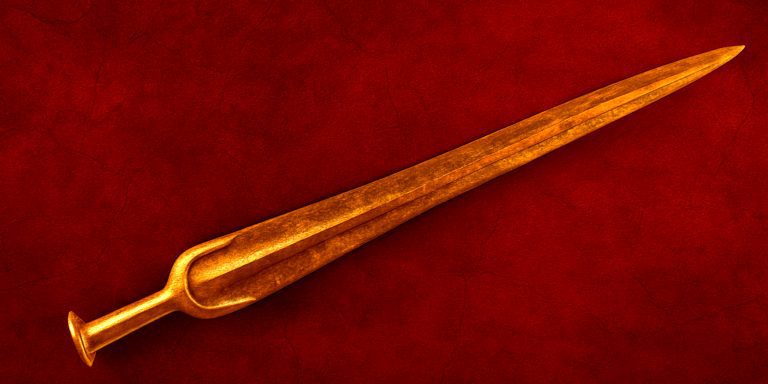
King Baldwin IV of Jerusalem, often remembered as the “Leper King”, proved himself a remarkably capable military leader despite the physical constraints of his illness. Throughout his reign from 1174 to 1185, he repeatedly outmanoeuvred Saladin and the Ayyubid forces through calculated risk-taking, strategic foresight, and an intimate understanding of terrain and timing. Far from being a passive monarch dependent on his nobles, Baldwin led from the front, navigating both battlefield tactics and the shifting political alliances of the Crusader states.
Early Confrontations and Psychological Edge
One of Baldwin’s earliest and most significant tests came in 1177 at the Battle of Montgisard. With only a few hundred knights and a small contingent of infantry, Baldwin launched a bold attack on a much larger Ayyubid force. Saladin had assumed the Kingdom of Jerusalem was vulnerable and ripe for conquest, especially given the king’s youth and illness. Baldwin turned that assumption to his advantage. He marched his forces swiftly and decisively, surprising Saladin near Ramla and catching the Ayyubid army while it was strung out and unprepared. Despite his worsening leprosy, Baldwin rode into battle, reportedly with his arm in a sling, commanding from horseback.
Montgisard was not just a military victory but a psychological blow to Saladin, who barely escaped with his life. The defeat forced the Ayyubids to re-evaluate their strategy and helped to bolster morale in the Crusader states at a critical moment.

Strategic Use of Terrain and Fortifications
Baldwin’s defensive strategy often relied on clever use of terrain and castles to frustrate Ayyubid advances. When Saladin tried to breach the Kingdom through Galilee or Oultrejordain, Baldwin responded by reinforcing key fortresses such as Kerak and Montreal. He also directed improvements to the fortifications at Jerusalem and Gaza, creating a chain of strongpoints that slowed enemy movement and made sustained campaigns more difficult.
He was adept at avoiding unnecessary open conflict when the odds did not favour him. In 1179 at the Battle of Marj Ayyun, he suffered a setback, but he quickly recovered politically and militarily. His strategy was rarely about chasing total victory; it was about survival, deterrence, and attrition.

Political Manoeuvring and Diplomacy
Baldwin also understood that outmanoeuvring Saladin required more than battlefield prowess. He cultivated alliances with neighbouring Muslim leaders who were rivals of the Ayyubids. At times, he supported the Zengids in Mosul to create pressure on Saladin’s northern flank. This helped to limit the number of campaigns Saladin could launch into the Kingdom of Jerusalem.
Domestically, Baldwin had to contend with ambitious nobles such as Raynald of Châtillon and Guy of Lusignan, whose reckless decisions could provoke unnecessary conflict with Saladin. Baldwin walked a fine line between maintaining unity within the Crusader states and reining in elements that risked provoking all-out war. His decision to remove Guy from the regency in 1183 reflected this careful balancing act.

Delay and Containment
One of Baldwin IV’s greatest achievements was his ability to delay Saladin’s full-scale conquest until after his death. While the Ayyubid threat grew stronger by the year, Baldwin’s manoeuvring kept the fragile Crusader kingdom intact. His use of mobile warfare, rapid raids, fortified defence, and regional diplomacy bought time, ensuring that Jerusalem did not fall on his watch.
By the time of his death in 1185, the Ayyubids were clearly ascendant, but they had not broken the Kingdom. Baldwin’s policies had forestalled collapse, despite mounting pressure and his own deteriorating health.
Legacy of a Strategist
Baldwin IV’s reign is often viewed through the lens of his leprosy, but such a focus risks overlooking his deft handling of a deteriorating strategic position. He fought with realism rather than idealism, and with a keen sense of timing. He recognised when to strike and when to wait, when to lead from the front and when to delegate.
His death left a power vacuum that his chosen successors failed to fill. Within two years, Saladin would crush the Crusader forces at Hattin and capture Jerusalem. But it is telling that he could not do so while Baldwin was alive.
The young king, disfigured but undaunted, held the line longer than anyone expected. In doing so, he became not only a symbol of defiance but a model of how strategic clarity and resolve could hold back a far greater force.



